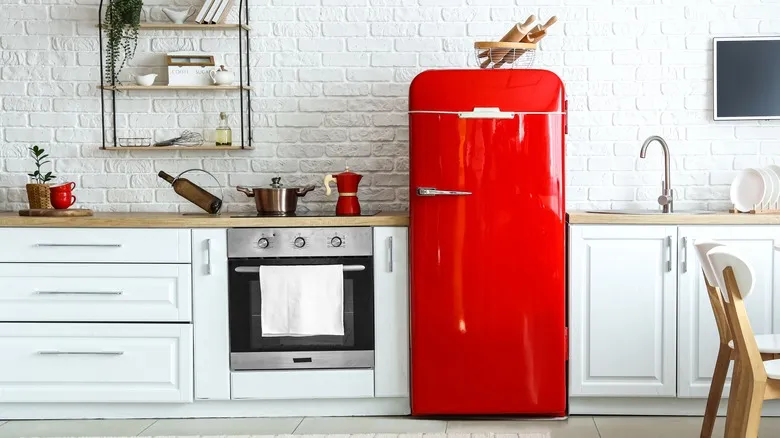Keep the fridge a bit above freezing

The Food and Drug Administration advises maintaining refrigerator temperatures at 40 degrees Fahrenheit or lower. Staying within this range can help prevent foodborne illnesses, but for optimal results, it's recommended to set your fridge slightly lower. A temperature between 35 and 38 degrees Fahrenheit provides a safety buffer for any inaccuracies in your thermometer, reducing the likelihood of exceeding the 40-degree mark, which the USDA identifies as the "danger zone" for bacterial growth. Additionally, keeping your fridge at 35 to 38 degrees ensures that food remains unfrozen, preserving the quality of certain items.
While you're adjusting your refrigerator's temperature, it's also a good idea to set your freezer accordingly. The FDA recommends that freezers be maintained at 0 degrees Fahrenheit. If the temperature is higher, food may not freeze completely; if it's warmer, you risk freezer burn and higher electricity costs. Since not all refrigerator and freezer models come with built-in thermometers, it's wise to invest in a couple to monitor the temperatures and ensure they remain stable.
More tips for proper refrigeration
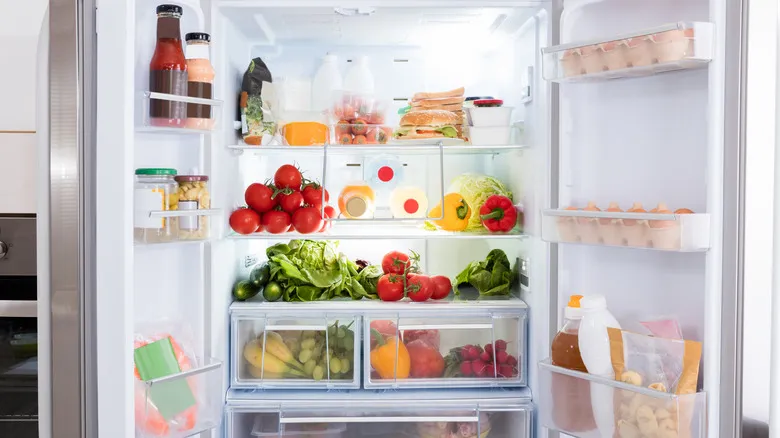
Even if your refrigerator is set to the right temperature, using improper refrigeration methods can still lead to problems. When you have a large quantity of warm food, such as a batch of meal-prepped dishes or various leftovers, it's best to avoid placing everything in the fridge while it's still hot. Introducing a significant amount of heat into the enclosed space can elevate the internal temperature above 40 degrees, which may promote bacterial growth. If you only have one extra plate or container, it's perfectly fine to put it in the fridge right away, but larger quantities should be allowed to cool first.
The USDA advises that food should not be left out for more than two hours. Therefore, if you have a substantial amount of hot food that needs refrigeration, set a timer to remind yourself to check on it as it cools. Alternatively, if you're pressed for time, consider dividing large batches into smaller containers to facilitate quicker cooling. While there are many organizational tips to optimize your fridge space, none are as crucial as ensuring it maintains a safe temperature. Keep your refrigerator between 35 and 38 degrees Fahrenheit to ensure the contents remain safe for as long as possible.
Recommended
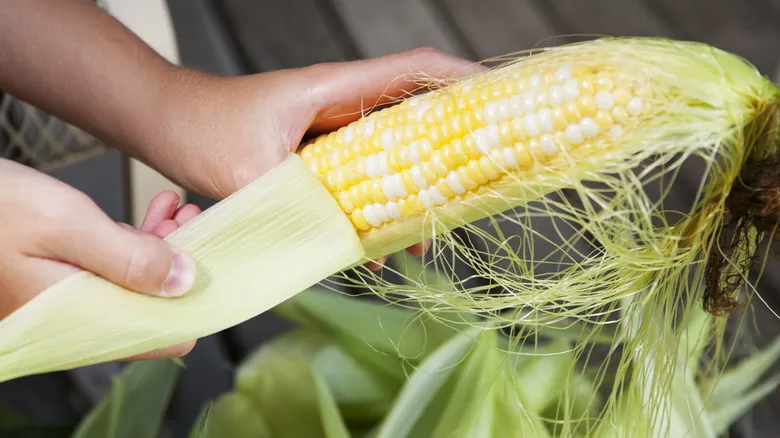
Removing Corn Silk Is Easier With Your Trusty Potato Brush
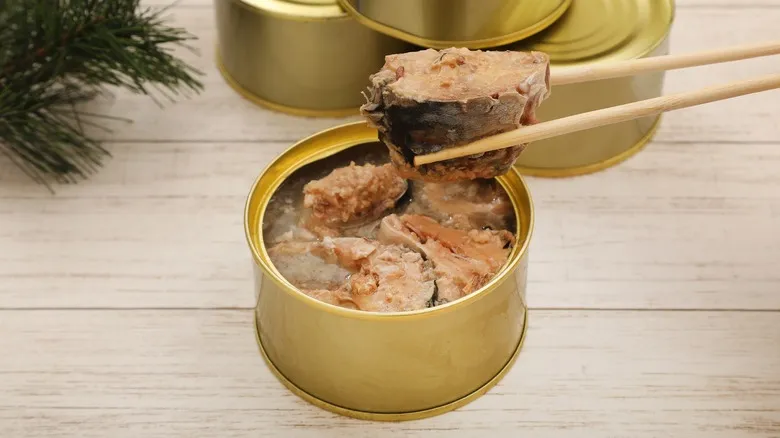
Atlantic Mackerel Is The Most Underrated Tinned Fish
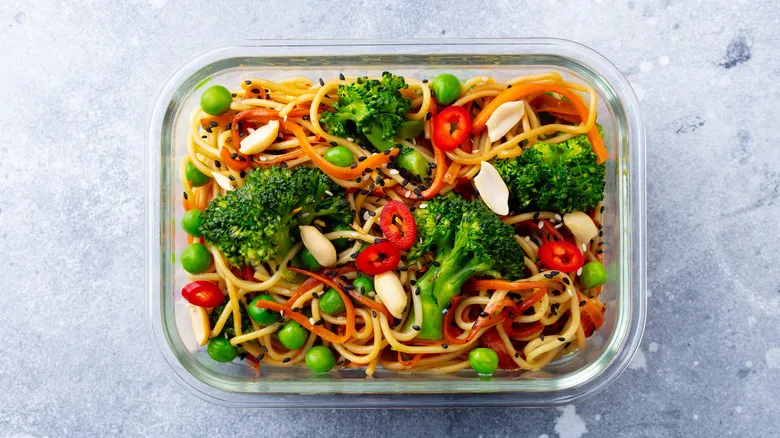
The Easiest Way To Remove Food Stains From Plastic Storage Containers

Giada De Laurentiis' Secret For Whipping Up Lasagna In Just 30 Minutes
Next up

